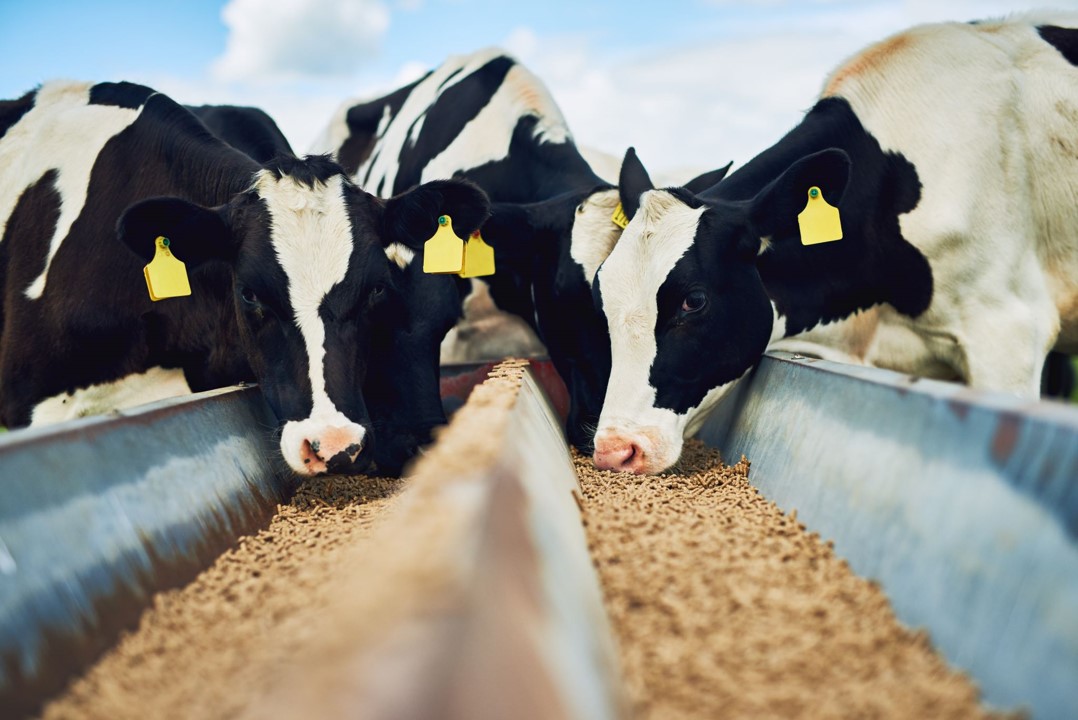THE OPEN:
November beans: 12 lower
December meal: 4.20 lower
December soyoil: 20 lower
December corn: 8 lower
September wheat: 3 3/4 lower
The markets opened weaker than expected as more follow-through selling took place following Monday's disappointing day of trade. Trends featured a bounce in oilshare, with meal triggering sell-stops on the way down as more shorts elected to cover in some of their soyoil position. Selling continued throughout the day as demand bears once again faced off against new crop supply bulls.
Spreads were also weaker as prices worked lower. No doubt that the rains crossing the Dakotas, Nebraska, Iowa, Illinois and Missouri contributed to a cautious tone. Buy wheat/sell corn and beans, and buy soyoil/sell meal trade was an ongoing feature.
SOY
The beginning of the day featured a bounce in oilshare as shorts covered part of their soyoil position against a weaker meal market. Lower crush was a feature though the Sep contract, which seemed to stabilize around 96c/bu. Sep oilshare firmed to 31.27%.
After the start of the day the path of least resistance was lower as traders took each small bean bounce as a chance to get something sold. November beans are once again back at the lower end of support values as they trade in a major sideways pattern. Dec meal values found good selling pressure at the open but also commercial pricing activity as prices worked back towards major support at $313.00.
Dec soyoil flirted with the 29c level but price once again failed to drive over. Weaker energies midday and lower beans/meal weighed on soyoil that traveled from trading range highs close to 29c to key lower support at 2840c. Despite still lower bean ratings (58% vs. 69% year ago), the feeling from the trade is that beans have room for further improvement. Beans continued to take the brunt of selling pressure, being the less fundamentally friendly market.
GRAINS
Funds were sellers of around 10,000 corn contracts yesterday and more in today's trade as charts turned downward, back into recent trading ranges. Despite momentary lulls of support during the session, it was a bull liquidation day as the tone was set Sunday night on a turn-around reversal leading to outside days closing lower yesterday. Pressure was noted more in corn today as a buy wheat/sell corn trade was set in motion.
Sep wheat/corn traded from 75c to 66 1/4c. Wheat prices were steadier as prices approached $5.00, but there is nothing particularly special about the $5.00 level if we see more liquidation take place. Corn spreads weakened with Dec 19/Dec 20 trading to a 20 1/4c inverse from 27 3/4c. Dec/March corn traded out to 7 3/4c from 6 3/4c on more bear-spreading activity. Kansas City harvest continues to move along as farmers wrap up this year's crop, with general above average test weights and protein levels. Both Chicago and KC wheat were modestly lower at midday.
AT 12:00 THE MARKETS ARE AS FOLLOWS:
HI LO
Nov beans: dn 17 9.18 1/4 9.02 1/2
Dec meal: dn 4.30 318.00 313.10
Dec soyoil: dn 34 2894 2840
Dec corn: dn 8 4.47 1/4 4.35 1/2
Sep wheat: dn 2 5.10 5.01
Nov canola: dn 4.40 447.10 442.00
OUTSIDE MARKETS
The Dow is down slightly with crude oil prices breaking down as more supply comes on line from the shut-down due to tropical storm Barry. Crude oil breaks down to $58.56/barrel with the US dollar trading up to 97.37.
CLOSING COMMENTS
The tide seemed to turn today with ideas that crops could stabilize a bit from here. It took the bean market a week to extend gains, only two days to lose them. That is not particularly friendly price action. However, corn and beans are still subject to August weather and any hot/dry period is likely to get prices moving upward once again. This week, forecasts do climb higher with some of the hottest temperatures of the season, but sufficiently scattered rainfall events help to prevent more damage.
Weather forecasters are calling for oppressive heat over the next few days that will stress livestock and people. If it comes to fruition, it will also stress the corn and bean bears as the market follows the heat and rain cycles up and down. Ratings come next Monday will be king as far as prices go.
With today's fund selling the markets feature an estimated futures / options are as follows:
wheat; net long 35K
beans: net short 50K
corn: net long 180K
meal: even
soyoil: net short 40K
Technically, prices are still in trading ranges, meaning best to cover a corn short quicker, as funds still are long.
Technically, prices remain in ranges until we violate and close under $4.20 Dec corn, $4.90 Sep wheat, and $8.90 Nov beans.
Have a good evening........
TAGS – Feed Grains, Soy & Oilseeds, Wheat, North America

 The CBOT was mostly higher to end a mostly bearish week with wheat leading the way on several mildly bullish developments. Wheat futures saw price-supportive development in the IGC’s lower 2024/25 global ending stocks forecast, dryness in the U.S. Southern Plains, and smaller Russian 2024...
The CBOT was mostly higher to end a mostly bearish week with wheat leading the way on several mildly bullish developments. Wheat futures saw price-supportive development in the IGC’s lower 2024/25 global ending stocks forecast, dryness in the U.S. Southern Plains, and smaller Russian 2024...
 USDA released the monthly Cattle on Feed report today. Total inventory, placements and marketings all came in lower than the pre-report estimates, though total inventory was at the same volume or higher than last year for the seventh consecutive month. Placements came in well below the average...
USDA released the monthly Cattle on Feed report today. Total inventory, placements and marketings all came in lower than the pre-report estimates, though total inventory was at the same volume or higher than last year for the seventh consecutive month. Placements came in well below the average...